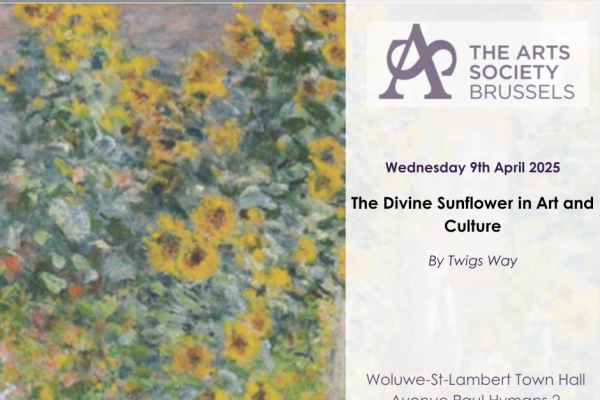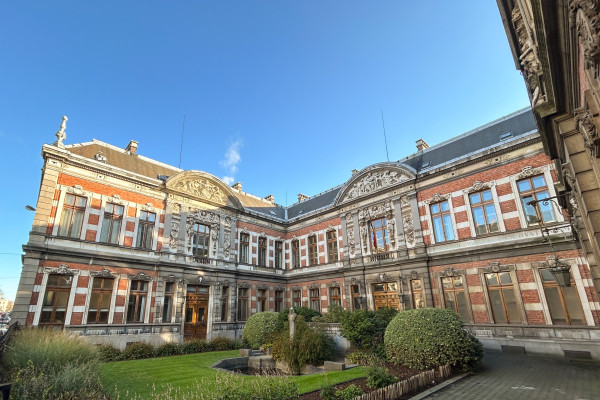
Ms. Sadid is a journalist who travels the world to speak about women in Afghanistan beyond the headlines in the media, to help us understand what the impact is on the position of women in the society, in education, in the economy and all the way to their private lives.
Is the jihad of the Taliban to eliminate women from society in Afghanistan? What is the reaction of the international community against the violence against women in Afghanistan?
Lailuma Sadid is a Brussels-based Afghan journalist, who has worked for various media inside and outside Afghanistan for more than 13 years. She is the only accredited journalist from Afghanistan in the European Union and NATO and is currently a Senior Correspondent for the Brussels Morning Newspaper. She was a political journalist in her home country between 2002 and 2007, covering the conflicts of the Taliban and Al Qaeda, despite the direct and life-threatening risks that she faced due to her profession. Next to her career as a journalist, she is a women’s and immigrants’ rights activist in Afghanistan and abroad. Her dedication was noticed, as she was the winner of the award of the International Women’s Leadership Forum in the European Union in 2020. She aims at continuing her work on Afghan women.
Photo from Wikimedia Commons
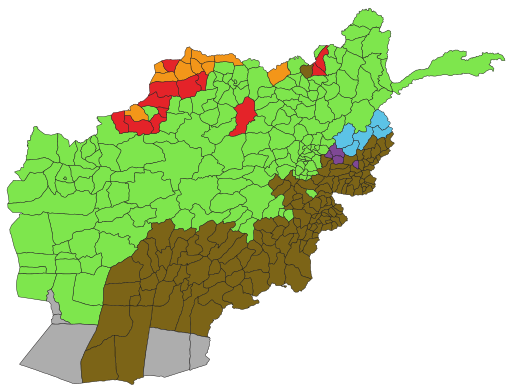
Our guest speaker, Ms. Lailuma Sadid, began by sharing her view and experience as an Afghan woman, journalist, and women’s rights defender; from her time as a young university graduate until the current day, stressing that the West should not forget the crisis happening in Afghanistan and the fact that the future of Afghan women is unclear.
Ms. Sadid was born during the communist regime of Afghanistan, grew up during the time of the Mujahideen, and attended university during the early years of the first Taliban regime. She considered that era to be a generally positive time for women. Upon graduation, Ms. Sadid began teaching classes for girls in Kabul, but as the situation for women deteriorated and after receiving threats from the Taliban, she moved to a small port city where she started a secondary school for girls as at that moment 95% of Afghan women were at home, having been forbidden to work or attend school. She did this for a few years, returning to Kabul after September 11, 2001.
In 2003, Ms. Sadid began her first job in media, choosing to defiantly work without a headscarf or burqa, which made her life difficult because of the Taliban. Journalism was proving to be a difficult profession at this time, so she joined the Foreign Ministry of Afghanistan, and was subsequently appointed as a diplomat to Belgium. In 2013, Ms. Sadid returned once again to Belgium, but this time as a refugee, and in 2022 she was awarded the European Union’s International Forum for Women Leadership Award.
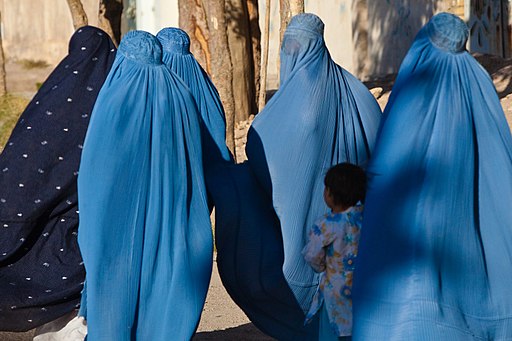
As Ms. Sadid explained, Afghanistan is a multi-lingual and multi-cultural country, making it difficult to precisely define. The Doha Agreement, signed in February 2020, between the United States (US) and the Taliban was to begin with, and in her words, “catastrophic.” The agreement included the release of 5000 Taliban prisoners, and the withdrawal of US forces by May 2021. The Taliban was to cut ties with Al-Qaeda, but this part of the deal as well as others, were not upheld. When the US Forces’ withdrew from Afghanistan in August 2021, the Republic collapsed, with the Taliban returning to power. The media display of the evacuation portrayed the desperateness of thousands of Afghans.
The girls and women remaining today in Afghanistan have no rights – they are not permitted to attend school, work, or go out without the presence of a man, and have become “blue shadows” (referring to the mandatory wearing of the burqa). Some have been publicly executed for “breaking” Shariah Law. Afghan women are trapped in their own country and are an invisible part of society today. The Taliban’s informal slogan throughout Afghanistan is “Women should only be in one of two places – the home or the graveyard.”
Today, life in Afghanistan is a hard existence: poverty, extreme religious fundamentalism, no independent journalists covering the news, and the elimination of women from the social and political picture. The Taliban broke its Doha promise of education for women, and women are told to “send their husbands” to do their jobs – even jobs for which they are not qualified or trained. Afghan women today can be thought of as prisoners of their homes. Ms. Sadid stressed that the world needs to see Afghan women as they are – 21st century slaves. And global attention and action for Afghanistan is needed for the safety of the world, as the Taliban and Al- Qaeda remain potential threats to global safety.
A first step by world leaders would be to demand that the European Union (EU) and the United Nations (UN) be sent to Afghanistan as observers. Currently, it has been estimated that $32- $40M is being provided annually to Afghanistan by the EU and US as humanitarian aid. This support should be conditionally provided based on the improvement of the life, safety, health, work, and education (without Taliban ideology) of Afghan women and girls. Ms. Sadid gave the example that currently in Afghan medical schools, five subjects of the Taliban’s ideology are taught, and children are learning 1+1=2 by using photos of guns. Terrorism is being taught from a young age in schools.
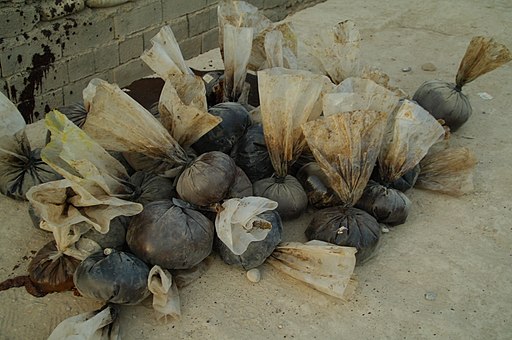
Subsequently, a conference should be held bringing all to the table, with the possibility of giving power in Afghanistan to the various regions, rather than centralized power. Freedom of religion should be allowed, modelling it after the United Arab Emirates (UAE) and Malaysia. (This is an extremely difficult road, as Ms. Sadid pointed out that Mr. Sirajuddin Haqqani, a wanted terrorist with a $10M reward for finding him, is now the acting Minister of the Interior in Afghanistan, and 17 acting Ministers in Afghanistan are on the UN sanction list.)
Regarding a long term plan for the future in Afghanistan, Ms. Sadid spoke of its successful agriculture segment, but added that the corruption of the government and the enormous amount of drug trafficking (Afghanistan produces more than 90% of illicit heroin globally) have increased under the Taliban. Afghanistan is in need of replacing that agricultural market with a legitimate and profitable crop that can be sold officially and not on the black market.
Photos from Wikimedia Commons


